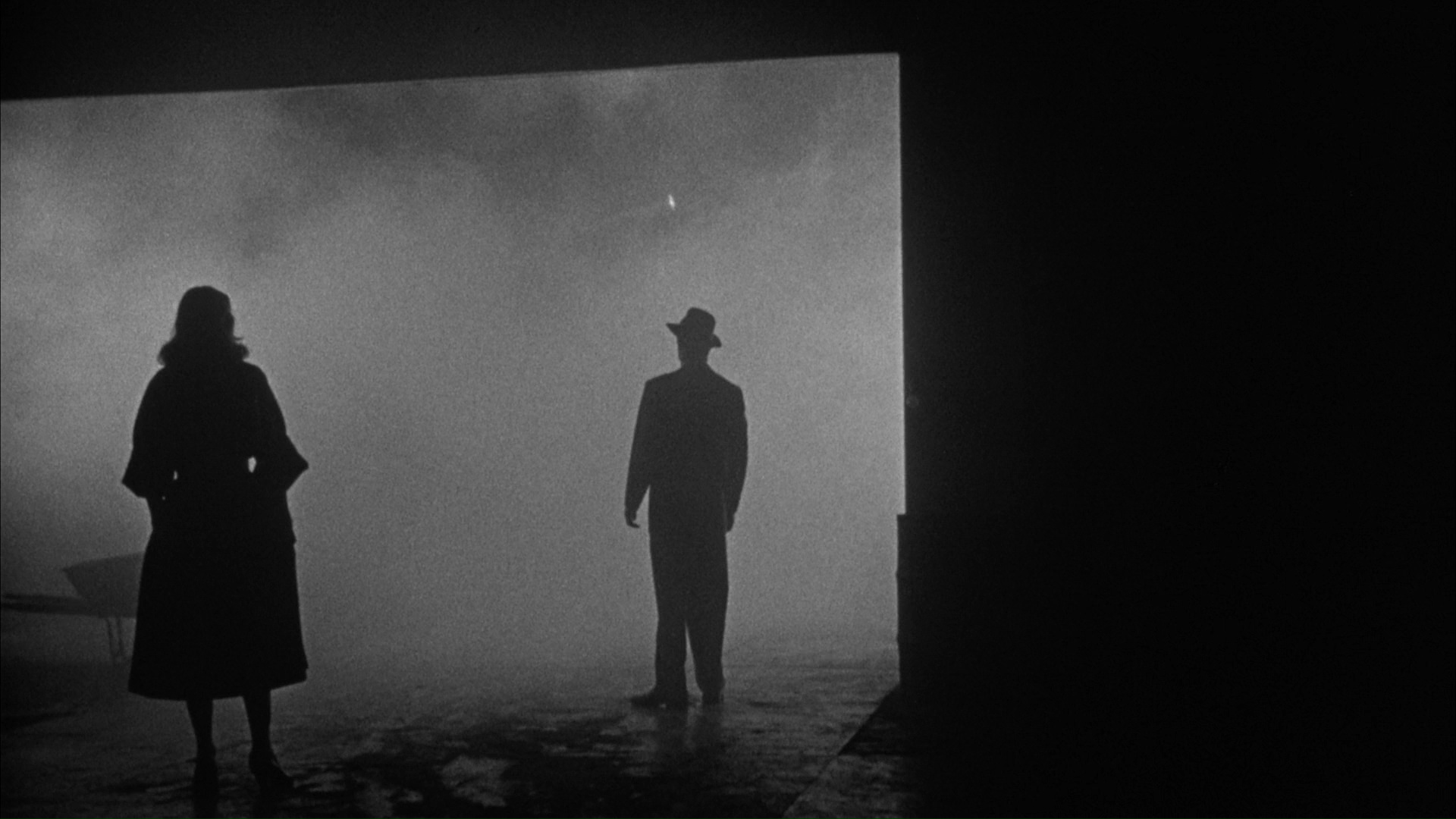Within the last few weeks we have completed a number of different components that are vital to the Media course. One of which are lighting.
We have learnt that within lighting, there are several key elements. These are The types of lighting, when they are used, and film Noir.
Types of Lighting
Key Light
A key light is like the name suggests, the most powerful and influential light that is used.
Back Light
The back light helps counteract the effect of the key light to give the subject a more 'rounded' shape
Filler Light
Filler lights are used to remove or soften the harsh shadows which are caused by the back and key lights. There may be more then one filler light used.
 |
| typical set up of Key, Back and Filler lights |
By using these lights at different angles we can create different effects, these include under lighting, top lighting and back lighting.
Effects Of Lighting
Under lighting is when the main source of lighting comes from below the subject. This has a distorting effect on the subject which may make them appear scary. This technique is often used in horror films.
Top Lighting is when the light source is above the subject to give them a glamorous look.
Back Lighting is when the source of light is coming from behind the subject. This is used to create silhouettes.



